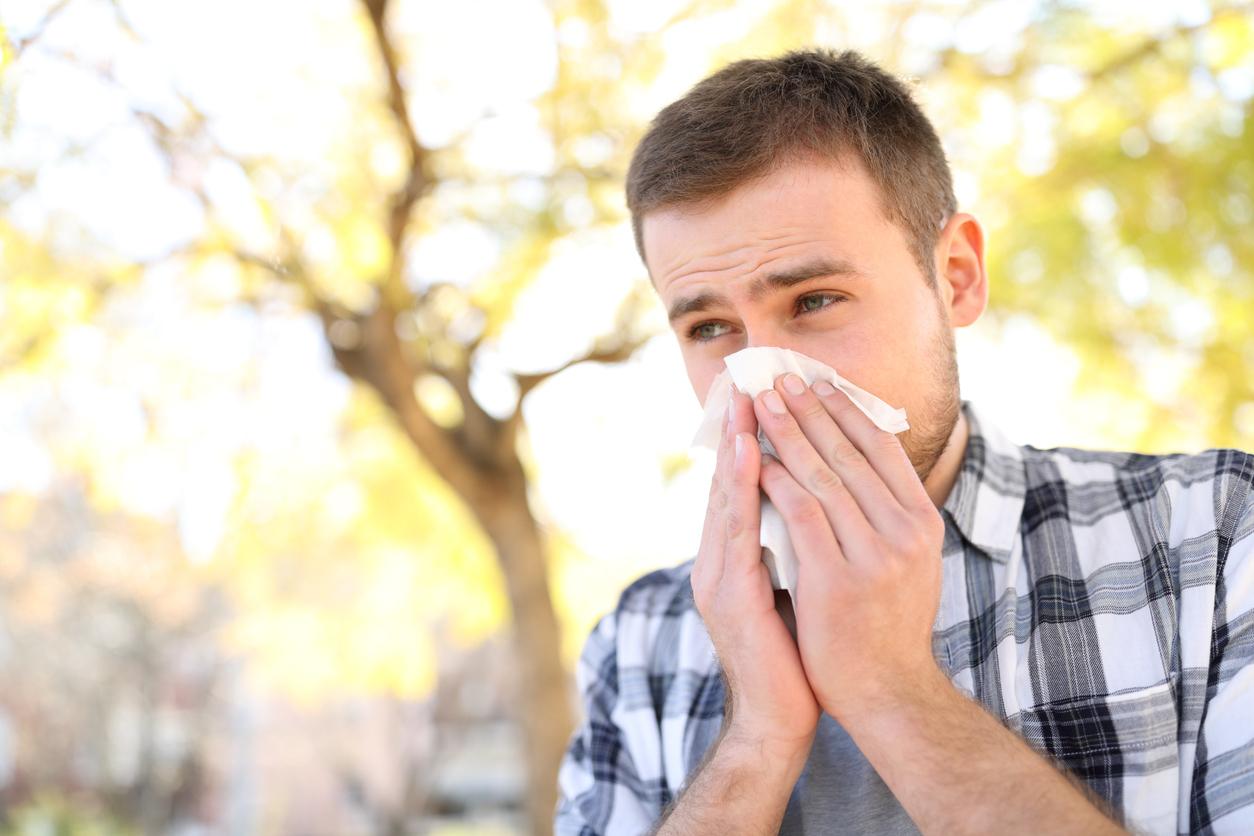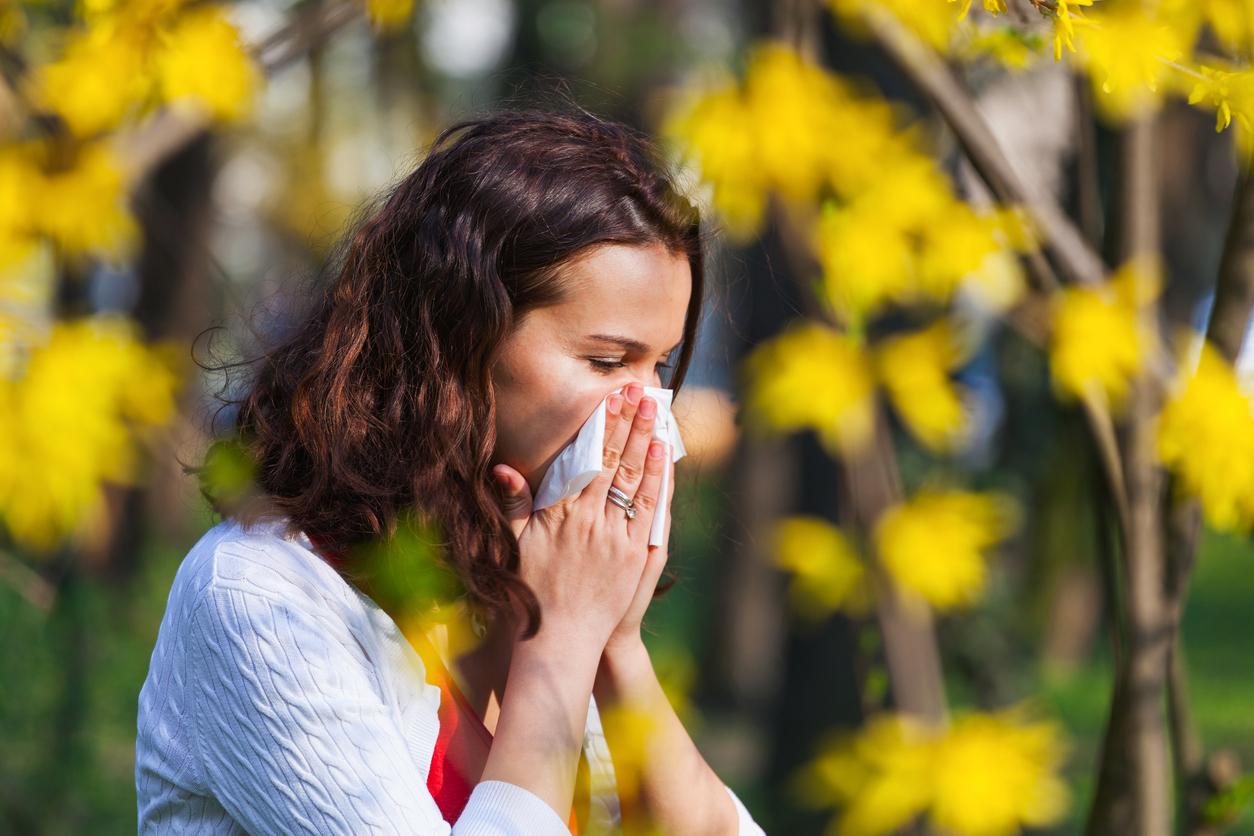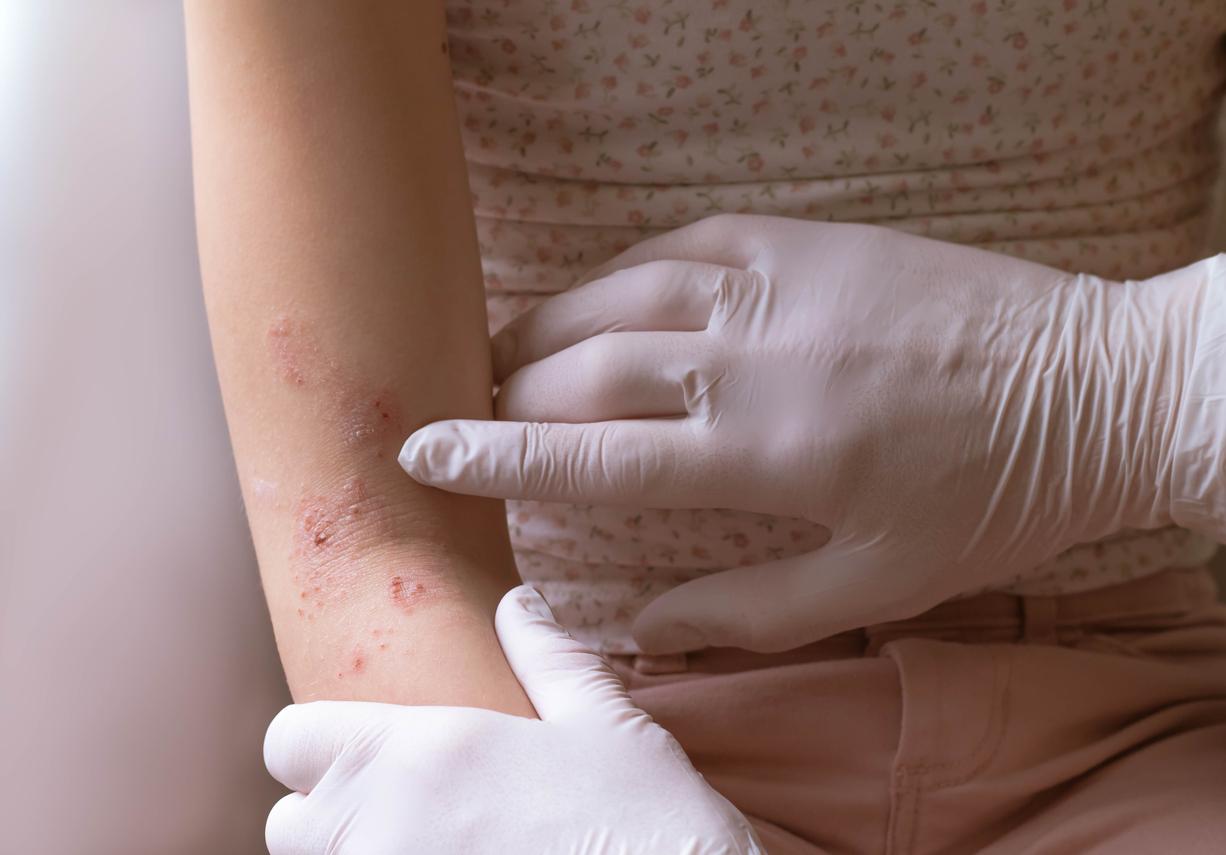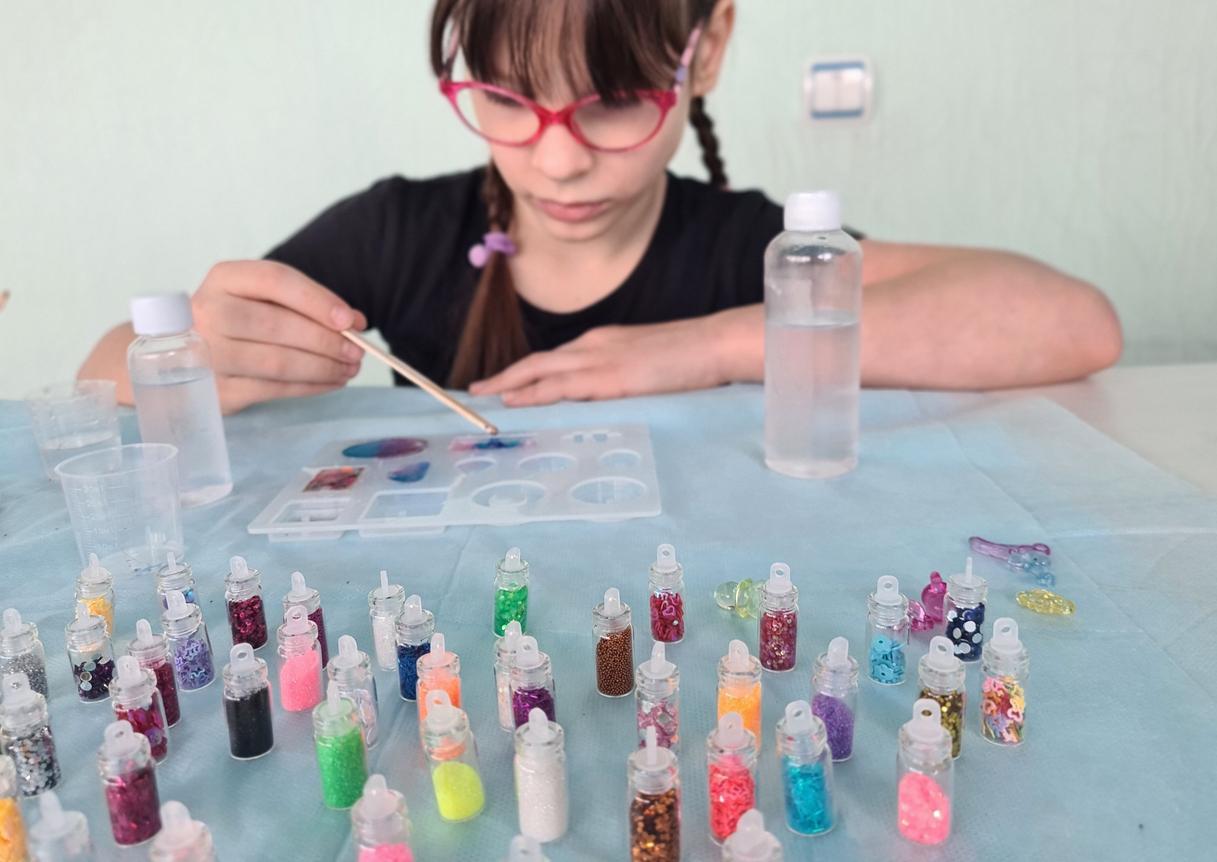According to ANSES, around ten substances present in our clothes and shoes can cause health problems such as contact dermatitis (eczema).

This Wednesday July 4 and following numerous consumer complaints, the‘National Health Security Agency (ANSES) publishes an opinion on the risks of allergies and skin irritations due to textiles.
To look for the presence of irritating or allergenic substances on the skin, the Agency carried out a study of the scientific literature, supplemented by tests on a sample of new clothes taken from several points of sale (underwear, jeans, leggings) and shoes that have given rise to complaints from customers. In total, around twenty families of chemical substances have been searched for in clothing and around fifty substances in shoes.
“Skin irritants and toxic for reproduction”
These analyzes confirm, among other things, the presence of nonylphenols, nonylphenol ethoxylates or even formaldehyde. They have also made it possible to identify substances that may cause eczema (contact dermatitis) such as 1,4-paraphenylenediamine, organotin derivatives or azo dyes.
Christophe Rousselle, head of risk assessment related to chemical substances at ANSES, warns against chemicals such as nonylphenols, “which are both skin irritants, toxic for reproduction and endocrine disruptors“. He continues:” in the end, we have about ten substances, which for us, can cause health problems for consumers. These are glues, dyes, chromium and nickel derivatives in buttons and closures, not to mention substances to facilitate transport and storage “.
A biomedical study
ANSES has also set up a biomedical study involving a network of doctors (dermatologist-allergists, toxicologists, etc.) and around thirty adult patients. This parallel approach has made it possible to identify chemical substances present in articles worn at the origin of allergic symptoms, such as, for example, benzidine, chromium VI, nickel, 4-tertbutylphenolformaldehyde resin or even azo dye. In view of the initial results of the study, the Agency decided to continue its investigations until October 2018.
ANSES recommends that consumers be made aware of the importance of washing any clothing likely to come into contact with the skin before wearing it for the first time, following the washing recommendations recommended by the manufacturer.
The importance of labeling
The agency also urges the authorities to maintain control pressure on footwear and clothing textiles placed on the market in order to avoid the presence of items that do not comply with the regulations on chemical substances in these items; revise the regulatory threshold for chromium VI in leather goods; and to set a regulatory threshold for nickel in textiles. “If they cannot limit the substances, at a minimum, whether they are indicated via labeling or a document near the article so that people sensitive to these substances are informed”, advises Christophe Rousselle.
In case of irritation orallergy after purchasing shoes or clothing, it is important to consult a doctor or dermatologist-allergist to identify the possible responsible substance. Contact dermatitis, more commonly known as eczema, is a localized rash or skin irritation caused by contact with a foreign substance. Only the superficial regions of the skin are affected: the inflammation of the affected tissues is limited to the epidermis (superficial layer of the skin) and to the upper layer of the dermis (under the epidermis).
Contact dermatitis can become chronic
Unlike contact urticaria, in which the rash appears after a few minutes of exposure and disappears after a short period of time ranging from a few minutes to several hours, contact dermatitis persists for several days. However, contact dermatitis does not go away until the skin is no longer in contact with the allergen or irritant. Contact dermatitis causes dramatic manifestations – burning, itching and rashes – which will take a few days or several weeks to heal. Contact dermatitis can become chronic when removal of the causative agent does not provide the desired improvement.
The reference study (ISAAC, International Study of Asthma and Allergies in Childhood) on eczema (atopic dermatitis) estimates the prevalence of this disease at 8-9% in children aged 6-7 years, and at 10% in children aged 13-14. In European countries, studies by questionnaire lead to prevalences varying from 7 to 28%, studies by medical examination from 6 to 16%. This common inflammatory condition affects up to 10% of adults.

.

















